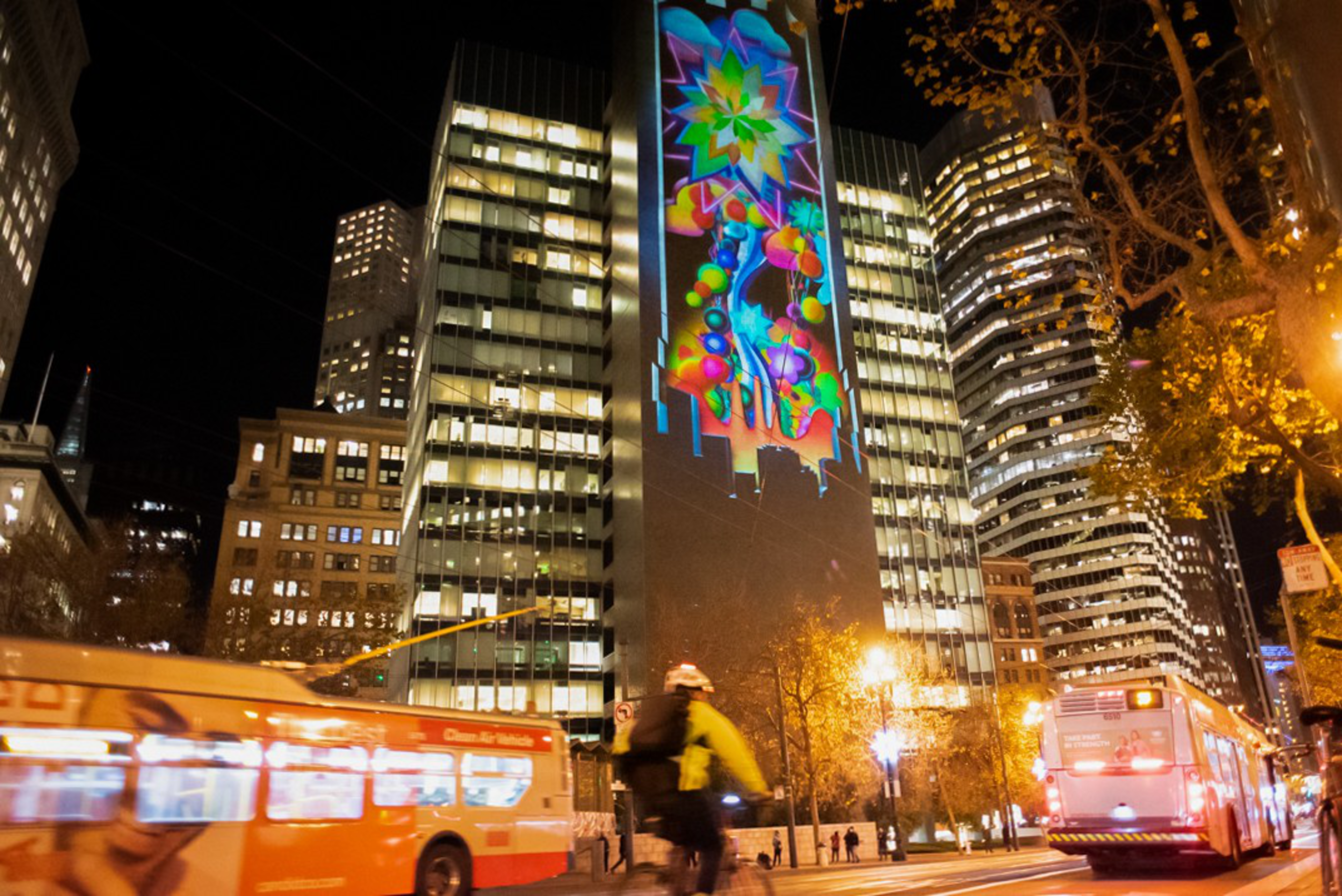For many city leaders, a revitalization of San Francisco’s downtown is top of mind as the area languishes half-empty due to remote work. With foot traffic and tourism down, longstanding small businesses that rely on office workers and conventioneers have struggled to survive.
As part of an effort to spark ideas, the Downtown SF Community Benefits District enlisted the urban design firm Sitelab to devise a roadmap to the future. The 143-page Public Realm Action Plan (opens in new tab) released this week is big on plans to revive what had previously been the city’s major economic engine.
In shorter supply are the dollars and cents to make the ambitious plans a reality. The citywide budget recently passed at the Board of Supervisors included $8 million for downtown recovery over the next two years. But even that funding was subject to skepticism.
A full-scale transformation would likely cost many times that amount, and it’s yet to be seen whether the political will exists to follow through.
“It is clear that downtown San Francisco can’t continue ‘business as usual,’” the report states, with the underlying assumption that much of that business no longer exists. Here are some of the key highlights from the report and its vision of a renewed downtown.
From office park to urban park
The report cites data showing downtown trips plummeting from about 240,000 in early 2020 to 150,000 in June, and underscored the need for the area to embrace mixed uses, including housing.

A survey conducted by Sitelab found that residents wanted more outdoor spaces for gathering and additional greenery. Opening up streets and taking over curb space would create more pedestrian space, the report said. The plan notes that the neighborhood is one of the flattest and most walkable in the city, with easy transit access. One key improvement the plan calls for is additional protected bike lanes. The report also notes that while two of the most active bike-share locations are in the neighborhood, only streets south of Market Street feature bike lanes. And the report suggests “greening up” the environment with street trees, planters and other sidewalk vegetation.
All the world’s a stage
Half of survey respondents said they wanted to see more arts and events downtown. The plan aims to use “downtown as a stage” through curation of arts and events at the public plazas that surround skyscrapers like One Bush Plaza and One California. It also calls for reactivating vacant ground-floor spaces in “targeted zones through investments in store frontages and incentive programs.”
The report also calls for unearthing and celebrating the neighborhood’s history through public art. Pop-up retail, carts and various events could help activate underutilized spaces. As part of its “recipe” for vibrant public spaces, the plan includes amenities such as light fixtures, greenery and restrooms, along with comfortable seating and moveable furnishings to allow people to create their own spaces to congregate.
Beyond finance
DowntownSF Executive Director Robbie Silver has spoken about the need (opens in new tab) for the neighborhood to move past its identity as the financial district. Key to that transformation are three “priority action areas” that could be reimagined first. Those areas, according to the report, were chosen because of available public space in addition to existing plans for infrastructure improvements and private investment.
These action areas include the streets and ground floor retail space on Leidesdorff and Commercial Streets, which is pitched as a corridor for dining and gathering; the “Downtown Gateway,” which includes the plazas around 101 California St.; and the “Market Oasis” centered around the One Bush Street Plaza. In order to make areas more pedestrian-friendly, the plan suggests adding mid-block crossings and strategic street closures.
Parks and ‘POPOS’
The area defined as downtown in the plan has zero public parks, and streets currently make up 36% of the district. That means turning laneways, alleyways and street segments into places for gathering and eating through parklets and temporary or permanent street closures.

With the lack of public parks, the plan characterizes POPOS, or privately-owned public open spaces, as the neighborhood’s “parks.” These include outdoor plazas like Transamerica Redwood Park adjacent to the Pyramid and One Bush Plaza, which was the site of one of DowntownSF’s Let’s Glow SF (opens in new tab) displays that attracted 36,000 visitors.
The report notes that a majority of POPOS, however, offer no public restrooms and have no signage indicating their status as public spaces. To create a cohesive experience for visitors, the plan suggests deploying common design elements and creating a public inventory of spaces, including a user-friendly map and calendar.
